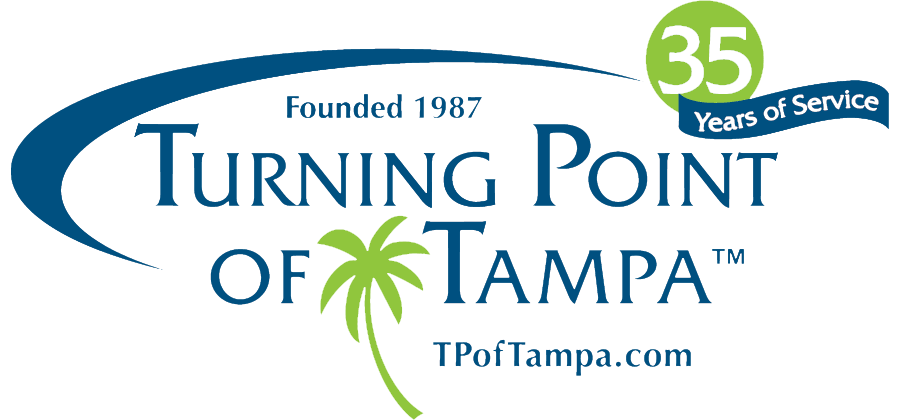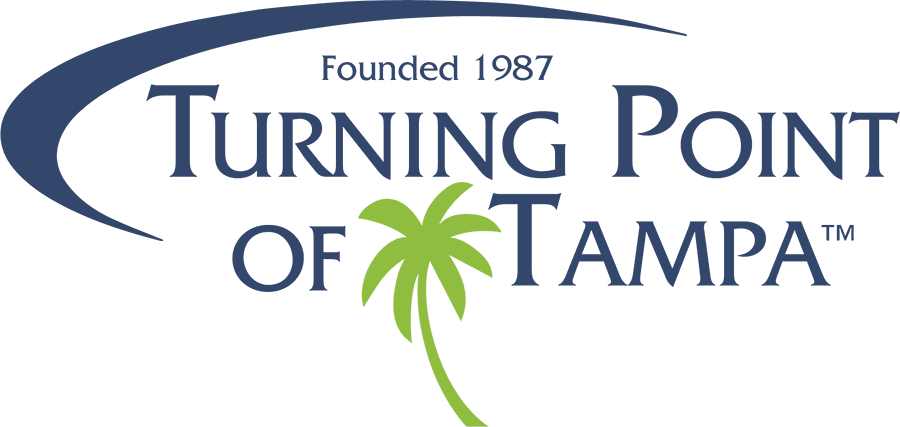The context in which people first hear the word ‘abstinence’ is not typically during recovery—however, for those undergoing treatment, it is a term that describes one of the cornerstones of a successful life post-addiction.
Abstinence is used in addiction treatment to describe the process of abstaining—meaning not engaging in, or avoiding—from addictive substances and/or behaviors. If an individual does not engage in the addictive behavior at all, either indefinitely or for a short period of time, that person is said to be abstinent or abstaining. Abstinence can also be a goal, for example, “He intends to abstain entirely from alcohol,” or a philosophy, for example, “AA is an abstinence-based approach to recovery from alcoholism.”
Alcoholics Anonymous (AA) was the first program focused specifically on treating addiction, and complete abstinence from alcohol was the foundation of the approach — and has long been heralded as the best way to combat addiction.
Abstinence addiction treatment was originally created for alcoholism but is now used to treat all addictions. It is based on 10 major tenets:
- Alcoholism is an involuntary, primary disease that is describable and diagnosable.
- Alcoholism is a chronic and progressive disease.
- Alcoholism is not curable, but the disease may be arrested.
- The nature of the alcoholic’s initial motivation for treatment, its presence or absence, is not a predictor of treatment outcome.
- The treatment of alcoholism includes physical, psychological, social and spiritual dimensions.
- The successful treatment of alcoholism requires an environment in which the alcoholic is treated with dignity and respect.
- Alcoholics and addicts are vulnerable to the abuse of a wide spectrum of mood altering drugs. This whole cluster of mood altering drugs can be addressed through treatment that defines the problem as one of chemical dependencies.
- Chemical dependency is best treated by a multidisciplinary team whose members develop close, less formal relationships with their clients and whose activities are integrated within an individualized treatment plan developed for each client.
- The focal point for implementing the treatment plan is an assigned primary counselor, usually a recovered addict, of the same sex and age group as the client, who promotes an atmosphere that enhances emotional self-disclosure, mutual identification and mutual support.
- The most effective treatment for alcoholism includes an orientation to Alcoholics Anonymous (AA), an expectation of step work, groups that combine confrontation and support, lectures, one-to-one counseling and creation of a dynamic learning environment.
Efficacy Of Abstinence Versus Moderation
One major risk for most people in addiction recovery is relapse, where they fall back into addictive behaviors after a period of sobriety. Within the field of addiction treatment and relapse prevention, there are two major applied methodologies that are instructed by two highly different schools of thought: the aforementioned Abstinence method, and Moderation Management.
Moderation Management, also called ‘harm reduction’, is a treatment path with an alternative rationale. Those who believe in the moderation method operate under the belief that addicts and those with harmful chemical dependencies can achieve sobriety while still occasionally indulging in mind-altering substances.
However, moderation in recovery is considered ill-advised by many in the treatment community. It is frequently regarded as a slippery slope that leads back into the cycle of dependency, a viewpoint that is backed by hard data.
Extended abstinence is predictive of sustained recovery.
In a 2008 article published by the National Institute on Drug Abuse, data showed that 34 percent of individuals who remain abstinent for 1 to 3 years will end up relapsing. That number drops to 14 percent when individuals remain abstinent for five years.
Abstinence and Relapse Prevention
Reverting to substance abuse after addiction treatment is all too common, with Psychology Today finding that 70-90% of individuals in recovery will have at least one incidence of relapsing into patterns of addictive behavior.
Relapse is an ongoing risk for individuals with substance abuse disorders, and acceptance of the Abstinence method is the most effective way to be prepared for the ongoing challenges that are faced in sobriety. Abstinence may seem a daunting prospect to a fledgling member of a recovery program who desires ‘one last drink and/or high’, but it is incredibly effective when put into practice.
Russell Brand, a noted British comedian who has discussed his substance abuse issues publicly, has spoken out on the importance of abstinence in recovery:
“I have friends who can drink gin, and then merrily get on with their lives. For me this is not an option. I am an addict. I will relinquish all else to ride that buzz to oblivion. Even if it began as a timid glass of chardonnay on a yacht, it would end with me nicking the bottle, swimming to shore and sprinting to Bethnal Green in search of a crack house.”
The most important factor for individuals who are pursuing the goal of long-term abstinence is the engagement of professional treatment resources. Myriad studies from 2012 on support the assertion that lifelong abstinence is significantly more achievable if the addict has sought treatment at some point. The US National Library of Medicine’s National Institute of Health reports that 56.1 percent of individuals who had begun to engage in alcohol abuse 20 or more years prior and sought treatment at some point were abstinent, compared to 24.5 percent who were never treated being abstinent.
The data points to positive outcomes: recovery is achievable if the correct measures are taken. To support a truly successful recovery, those struggling with addiction should seek professional help, and abstain from all use of mood-altering substances.
Turning Point of Tampa’s goal is to always provide a safe environment and a solid foundation in 12-Step recovery, in tandem with quality individual therapy and groups. We have been offering Licensed Residential Treatment for Substance Abuse, Eating Disorders and Dual Diagnosis in Tampa since 1987.


